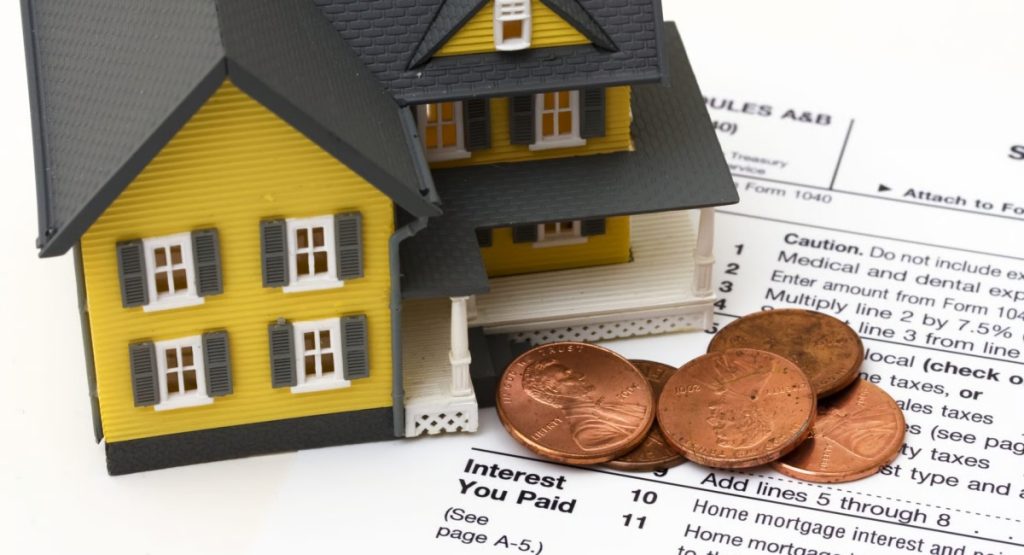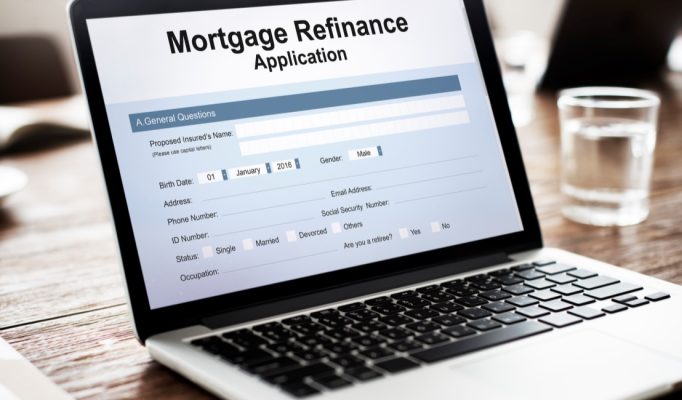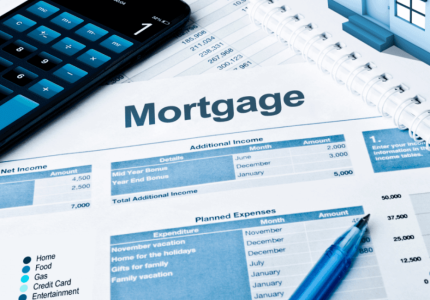Aitken26
Pursuing lower interest rates, a shorter loan term and renegotiating the repayment options to make the repayment more flexible could motivate you to refinance your mortgage. Refinancing your mortgage means replacing your new loan with one offering different rates or principal balances. But how do you get your way around it? This article lists the best mortgage refinancing tips that make this process more effortless.
- Shop Around For The Best Rates
You should cast your nets around to shop for the best rates. The typical, often unsubstantiated advice is that working with your current lender makes the work easier. However, the process is relatively similar to others, including the documentation requirements. Comparing rates with lenders can help you land one offering more favorable refinancing rates.

- Do A Break-Even Analysis
The break-even analysis is how long it takes to recover costs associated with refinancing a mortgage. Ideally, it helps you determine whether or not refinancing is feasible. Remember, refinancing only makes sense if you can plan to stay in your home for this duration.
To calculate your break-even analysis, calculate the total cost of the transaction and monthly savings before dividing the total costs by the monthly savings. Doing that will give you your break-even period. For instance, if the transaction costs $4,000 and you save $100 monthly, you break even in 40 months ($4,000/ $100 = 40).
- Carefully Read The Loan Documents
New loans come with new terms; sometimes, shockers like more stringent repayment terms are included in hidden clauses. You don’t want unpleasant surprises that make refinancing your mortgage less favorable. It’s prudent that you review all new loan documents to understand the repayment terms, such as interest rates and monthly payment amounts. Doing so also enables you to ensure information accuracy and identify pitfalls like prepayment penalties, negative amortization [https://www.consumerfinance.gov/ask-cfpb/what-is-negative-amortization-en-103/] , or balloon payments.

- Consider Your Credit Score And Equity
A robust credit score of around 750 and an equity of 20% or more in your home can help you qualify for the best rates. Equity is the amount of ownership you have on your property. If your property has a $200,000 market value but still has an outstanding mortgage balance of $150,000, your equity should be the difference between the two ($200,000 – $150,000 = $50,000).
- Get Your Rate Locked In Writing
Getting your rate locked in writing can help you receive the agreed mortgage loan’s interest rate. Doing so protects you from potential interest rate changes and is ideal for accountability and avoiding disputes arising from your mortgage refinancing.
Conclusion
It’s always good to understand how to refinance your mortgage loan properly. The process shouldn’t be challenging if you have the right tips up your sleeves. Knowing your way around the process can help you avoid unpleasant surprises and guarantee your peace of mind.













